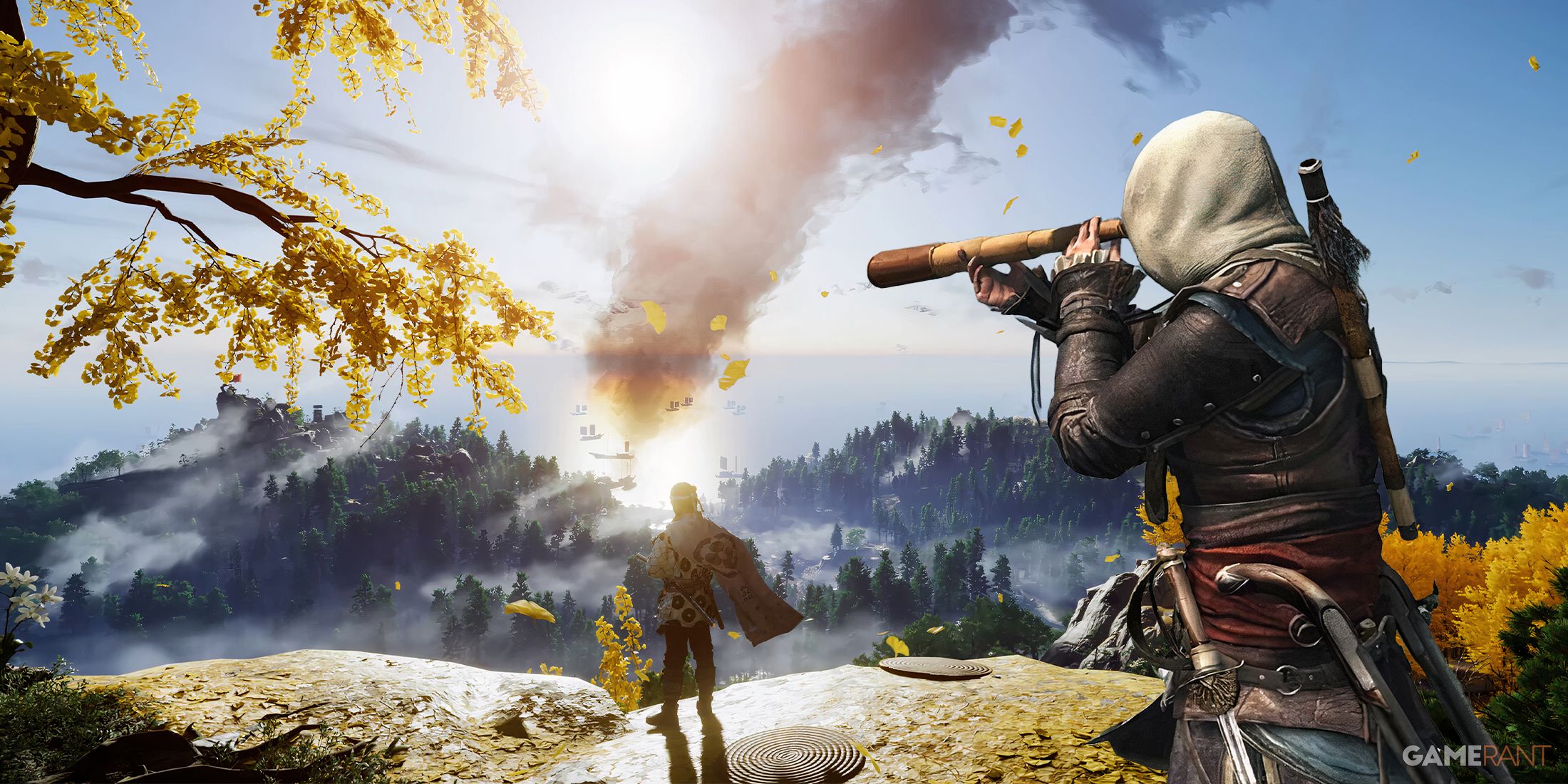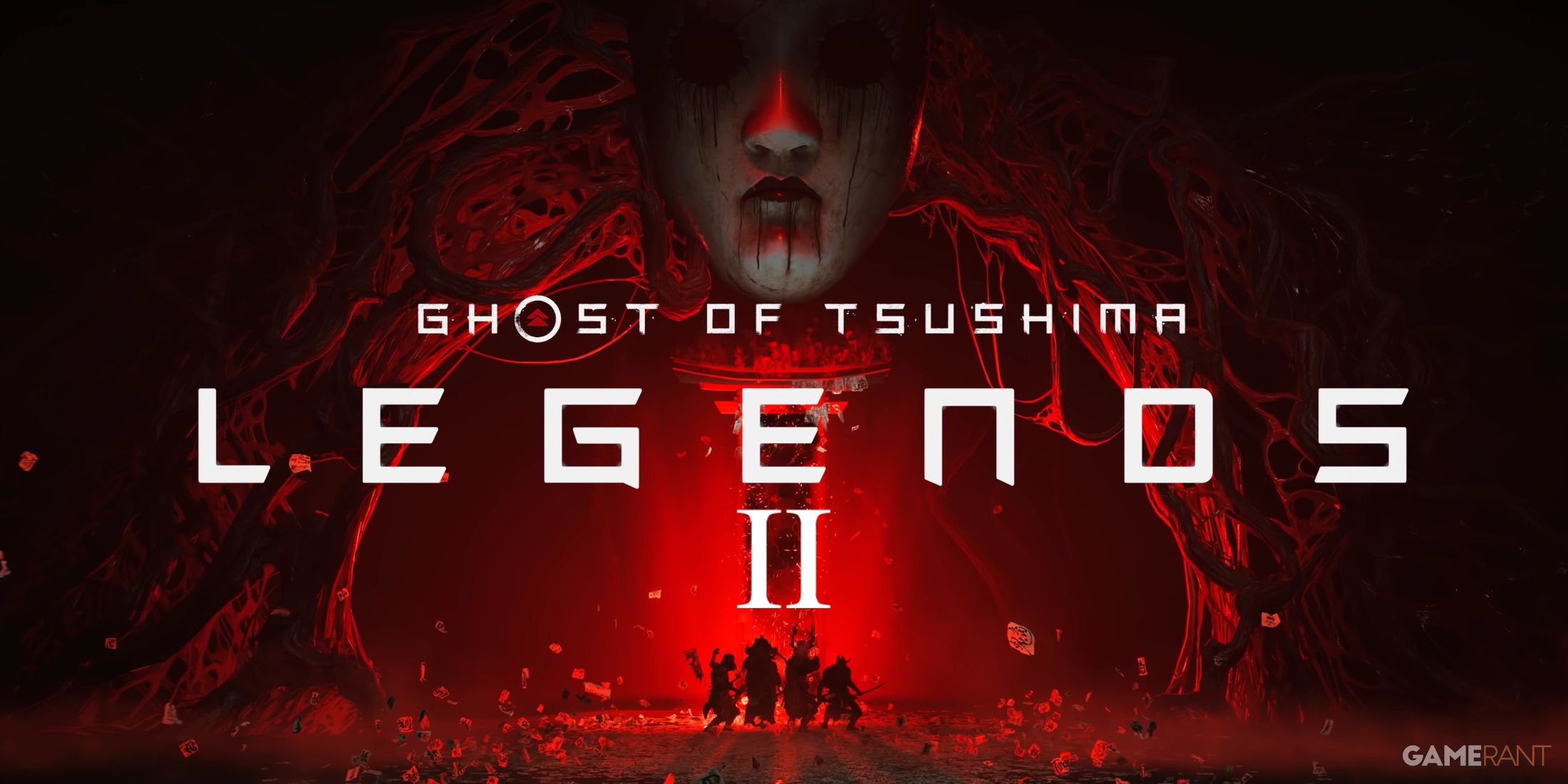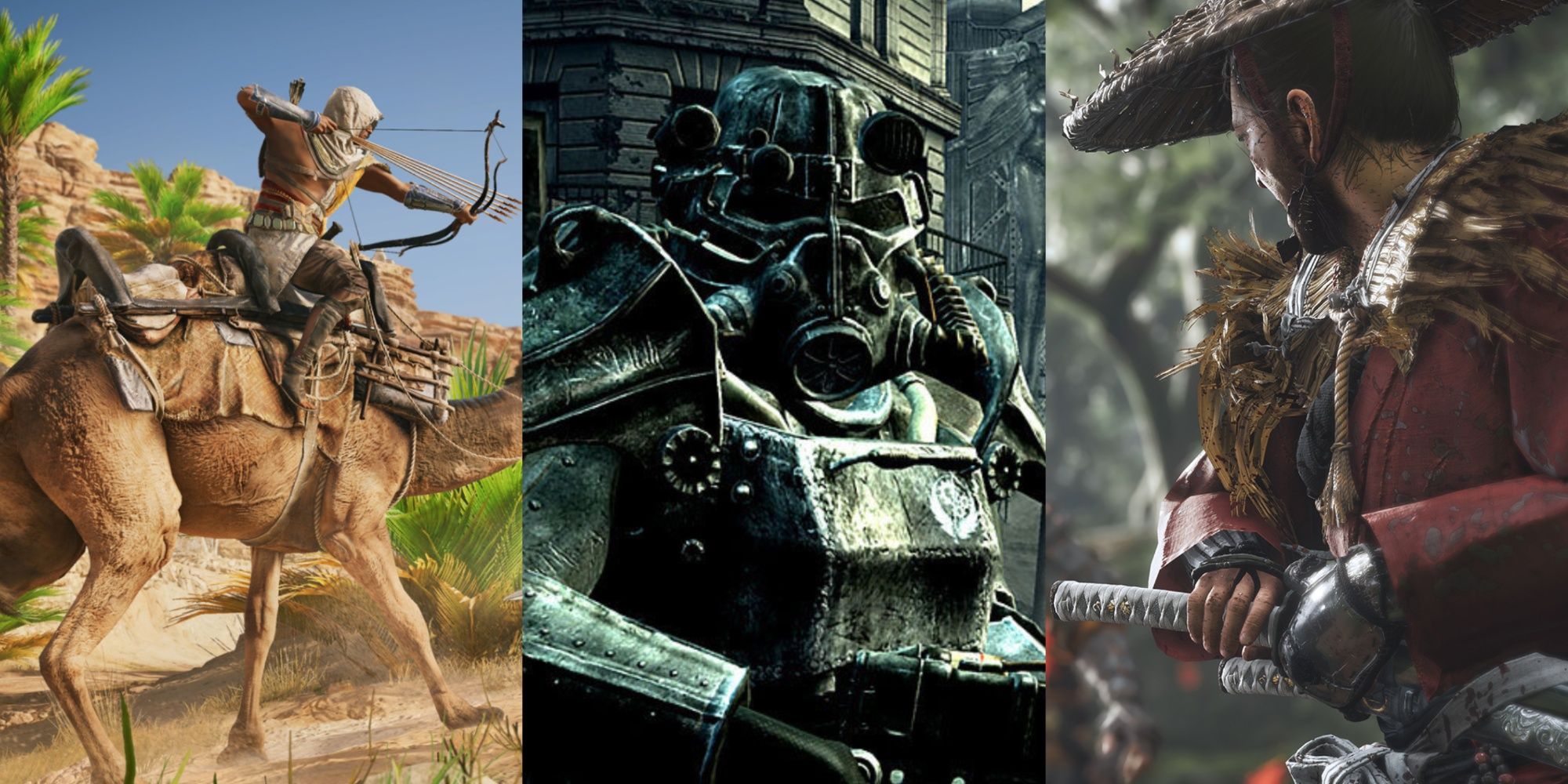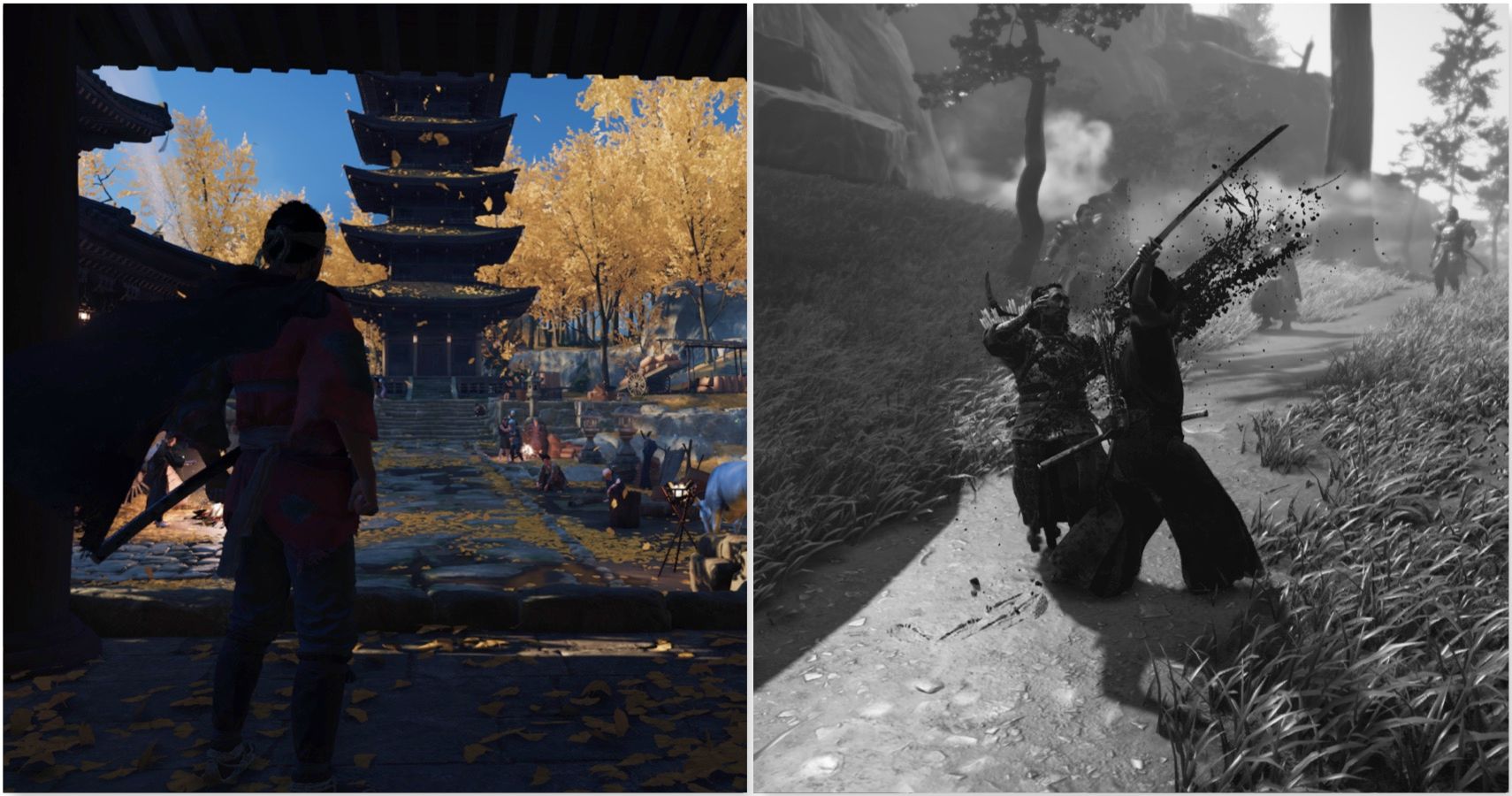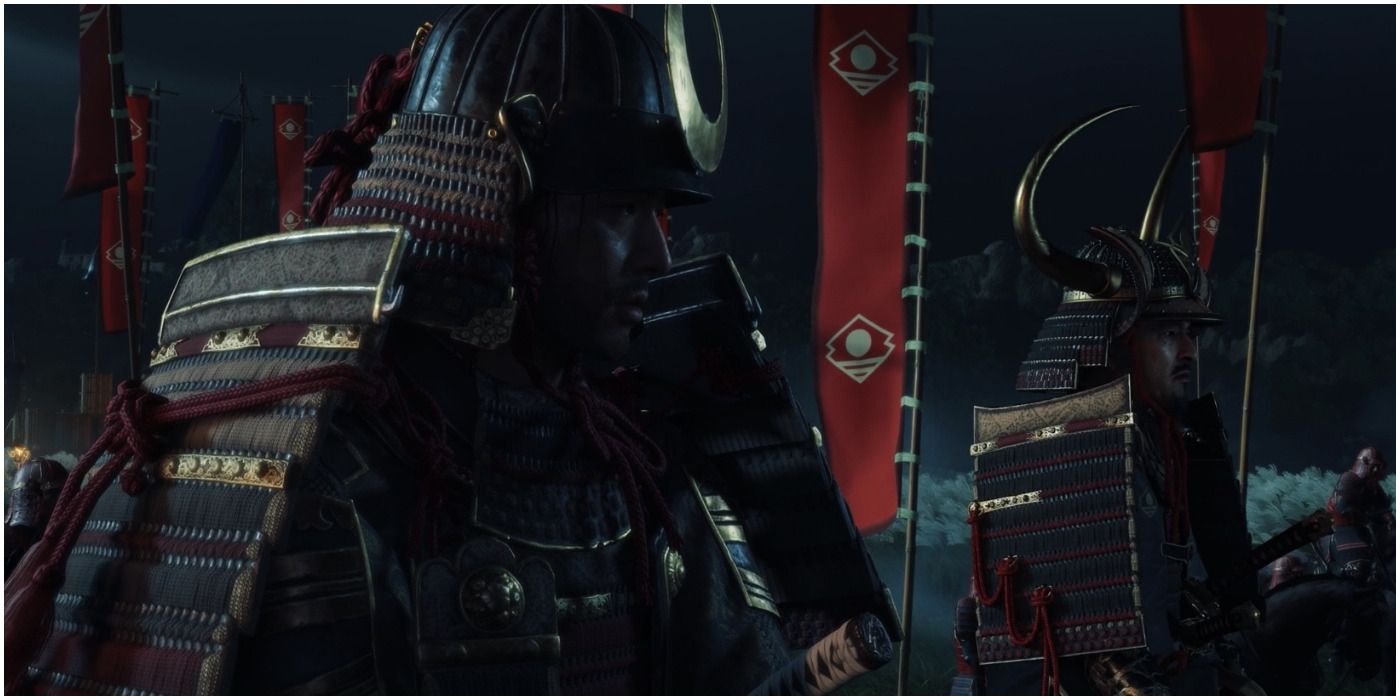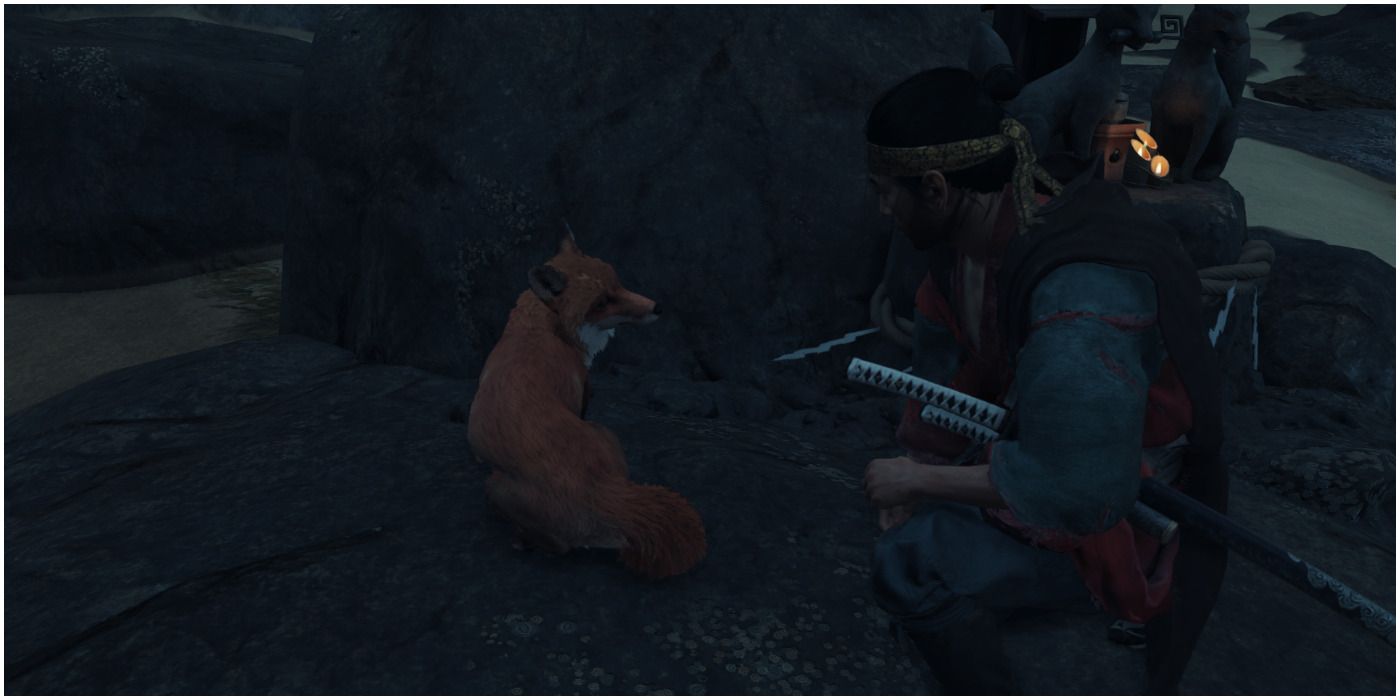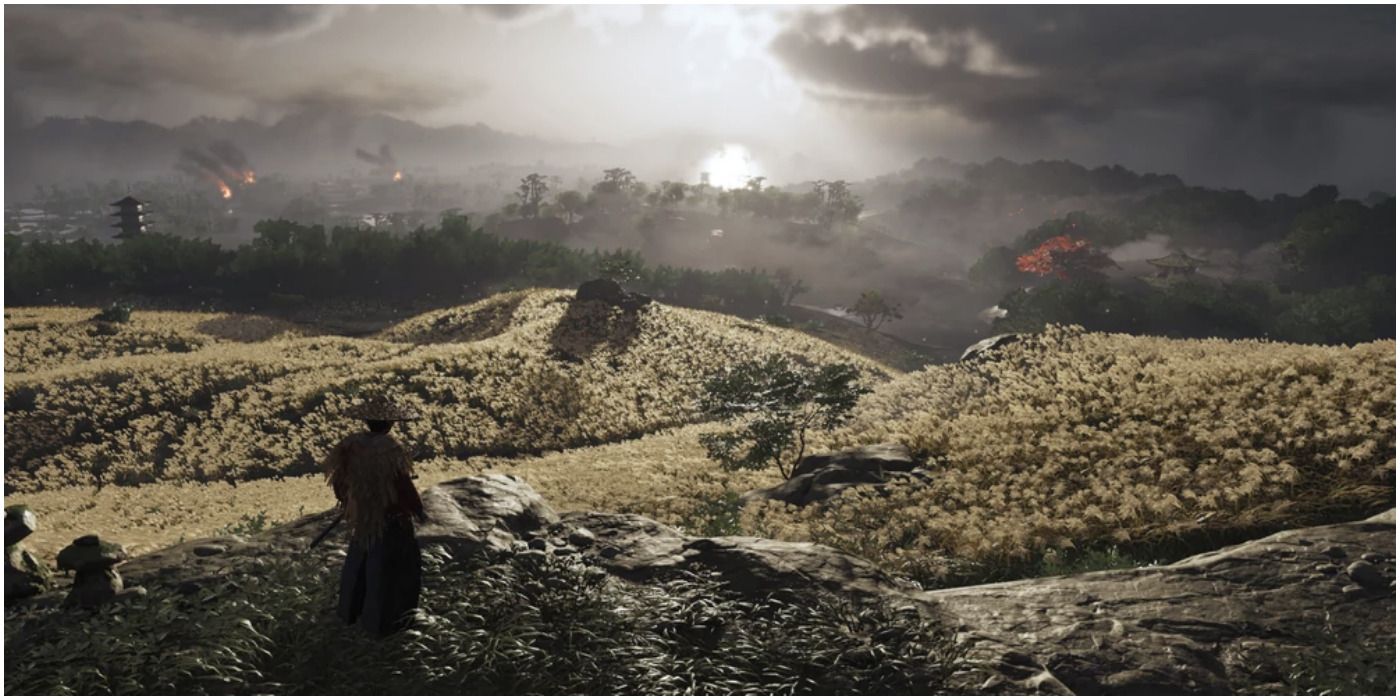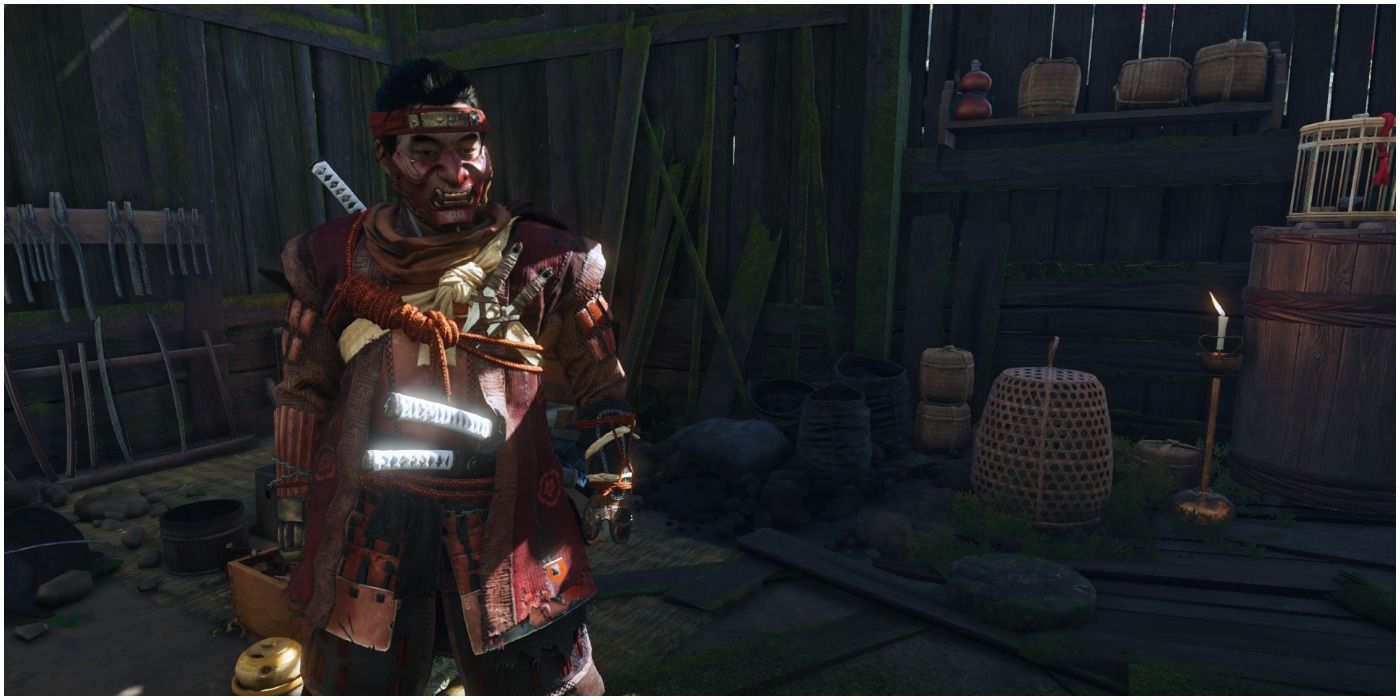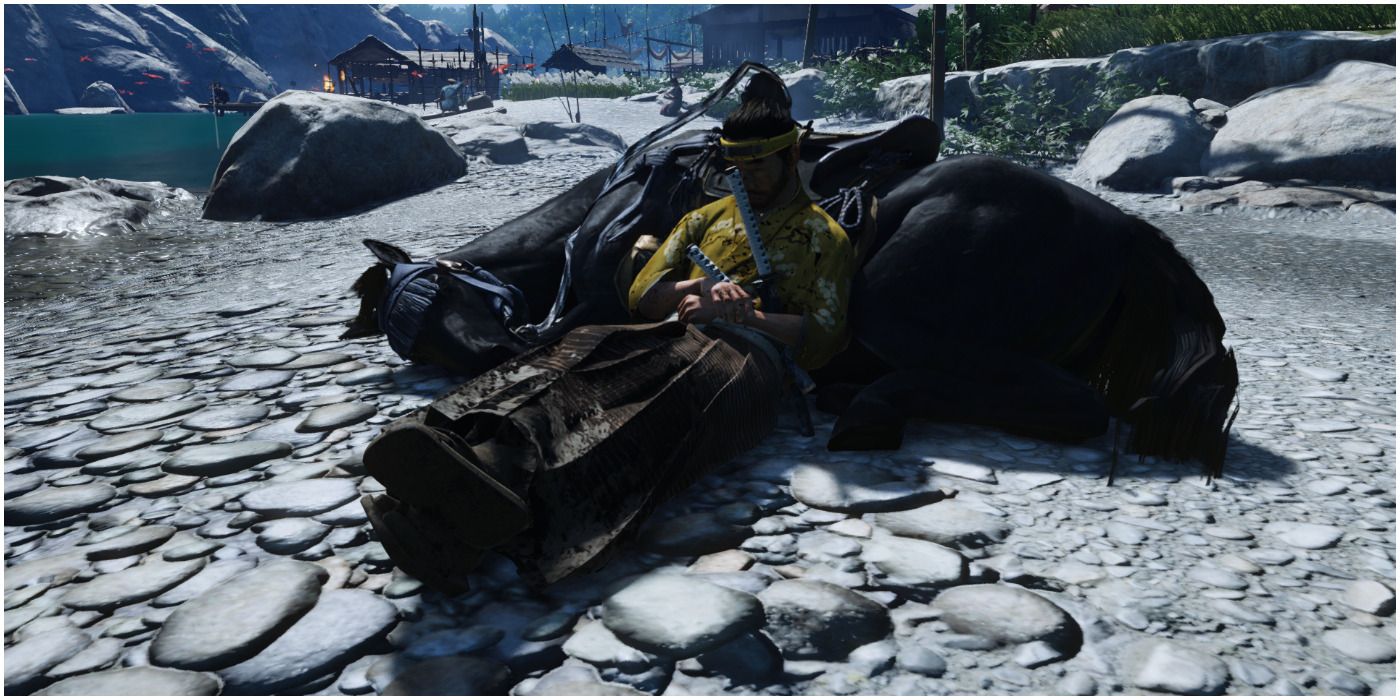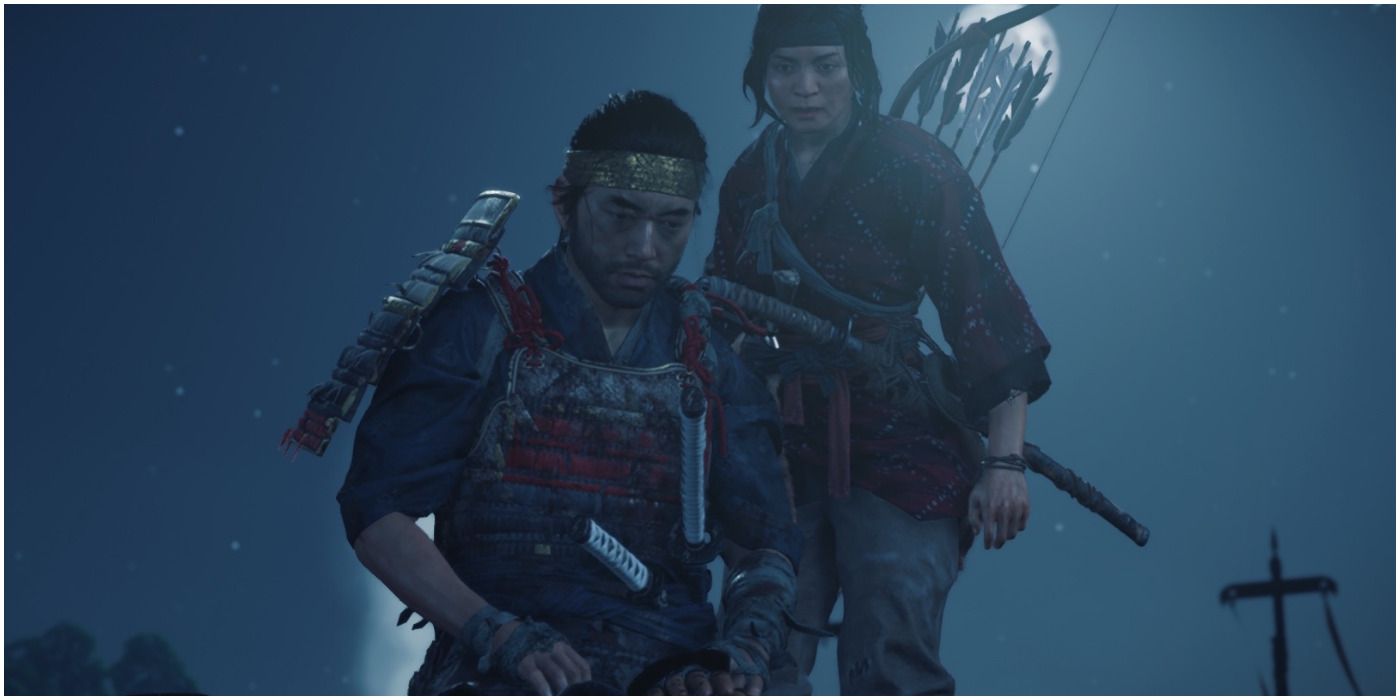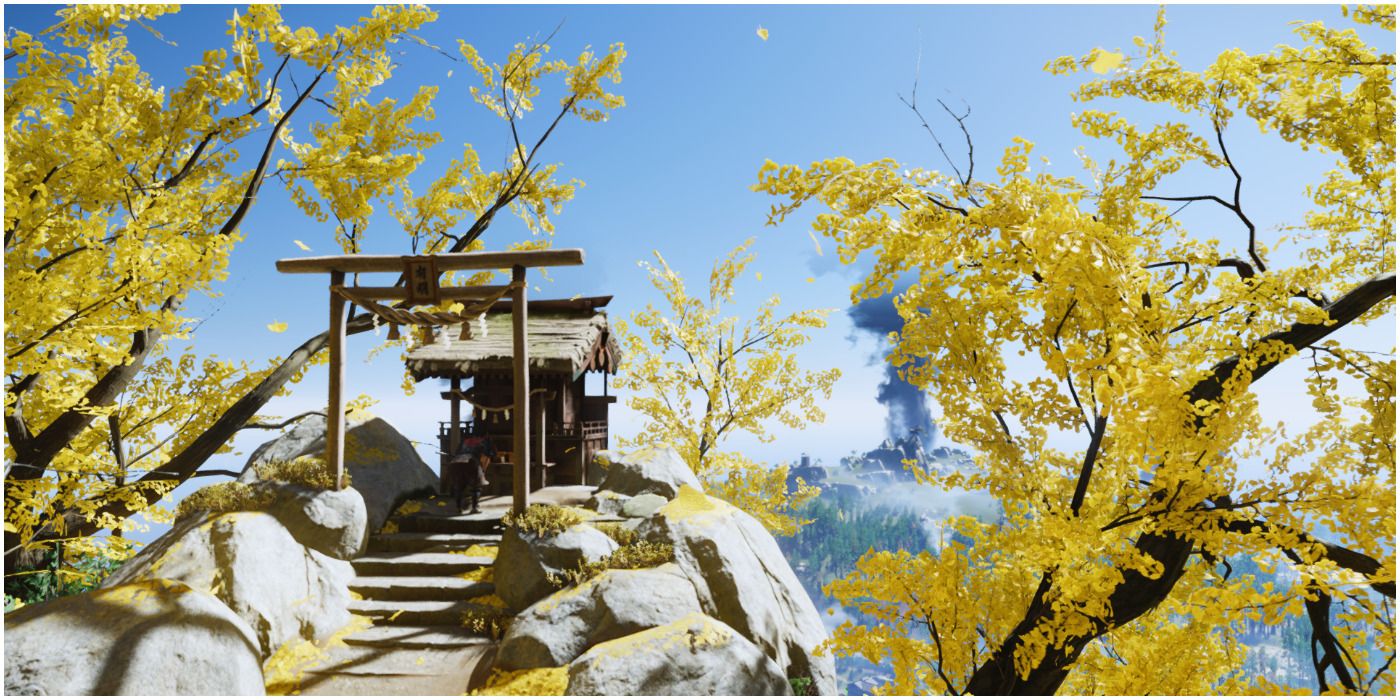Ghost of Tsushima is now a month old and by this point a lot of gamers have already beaten it. It is not a short game by any stretch especially if one collects everything. That said, a month should be plenty for most.
Fns may already be excited for the next piece of content, be it a sequel or DLC. While both are presumably far away it might be the right time to dive into some facts behind this game’s development at least. Not much is known, but after a few interviews through various other sites, there is enough insight to piece together an interesting, albeit brief, dive.
10 What Could Have Been
In an interview with Knowll, Sucker Punch revealed that they had about seventy to seventy-two pitches for their next project after inFAMOUS: Second Son and its DLC. They were vague about details but in another interview with IGN, Brian Fleming, who is one of the co-founders of the company, revealed some more insight. Apparently they mulled over the idea of pirates, Rob Roy, and The Three Musketeers.
9 From Raccoons To Samurai
In that same interview with Knowll, Nate Fox, the director, talked about inspirations for samurai culture as far back as Sly Cooper. One of his favorite comics, Usagi Yojimbo, is about an anthropogenic samurai rabbit going across the land to defend the innocent. He drew characters from Sly based on that. In a way, one could say the idea for Ghost of Tsushima was a long time coming.
8 The Real Tsushima
Another interesting tidbit from Nate Fox was how invested the team was in the real culture of Japan’s island of Tsushima. In another interview, this time with Brian Fleming via ESPN, he elaborated a little more on the subject of scoping out the island.
"On an annual basis the island of Tsushima still commemorates the invasion and the brave defenders, so we scheduled a trip to be present during that celebration.” That’s a pretty dedicated celebration of hundreds of years of history.
7 The Wind’s Evolution
Going back to that interview again with Knowll, another team member, Jason Connell, talked about how the wind started off as just an aesthetic piece. It looked so iconic in samurai films that they needed it in the game. Since their tech was so good, it then led to them experimenting on limiting the HUD in order to fully engross the player more. Without their love of samurai films and the use of wind in them, the Guiding Wind and fox shrines may not have made it into Ghost of Tsushima.
6 Otsuna Grasslands
As of right now, not much has been uncovered in terms of cut content. There is one minor piece to share based on the initial E3 2018 gameplay walkthrough of Ghost of Tsushima. Jin goes through an area called the Otsuna Grasslands on a mission for Masako. While the area and this mission both appear in the game, albeit tweaked, the name did change. Interestingly another aspect showed up in the beginning, “Mongol Invasion Day 9.” This may have meant that the number of days could have played into the game in a more concrete manner.
5 Before Ninja
Ghost of Tsushima takes place in the 13th century. If one was curious why no one says “ninja” in the game even though that’s clearly what Jin is, that’s because the term didn’t appear until about the 15th century. Placing the game in this period allows for Sucker Punch to play around with time in order to create their own version of the ninja concept. It’s kind of like Assassin’s Creed Origins but for ninjas.
4 What To Animate
In an interview with Brian Fleming, this time via Polygon, he discussed details about animation. What should be animated and what should be glossed over. “But that same choice, if you made it when it was a door that he was going to go through — if it just popped open — it would feel wrong.”
This quote in particular was about how easy it was to pick up objects on the horse. It may not make sense, but the team had to make a choice with various things.
3 Kurosawa Mode
Kurosawa mode is actually official in Ghost of Tsushima. The name isn’t just an homage to the late director’s films. Sucker Punch actually went to the Kurosawa estate, showed off a chunk of the game, and got permission for use of the name. As much as they loved this mode, the team did have drawbacks to players using it as Nate Fox explains in this Indiewire interview. “The game is completely playable in Kurosawa Mode, but I think that you miss a lot of the diversity of what it has to offer if you exclusively play it that way.”
2 No InFAMOUS Mode
Based on the very idea of the game being a balance of samurai customs versus the new way of the Ghost, fans theorized there was a cut idea involving player choice. In inFAMOUS, players could go light side or dark side which would effect powers as well as the story. However, Nate Fox put those ideas to bed in a roundabout way in that same Indiewire interview. “We wanted to tell one particular story about a samurai who has to sacrifice his honor in order to become something new and save his home, so we never wanted to punish you for doing things that were ‘dishonorable’ like backstab assassination.”
1 Load Times
Anyone who has played Ghost of Tsushima, be it on a standard PS4 or a PS4 Pro, knows that the game is incredibly fast. According to Adrian Bentley, who was the lead engine programmer for the game, it could have been faster. The team actually slowed it down in order to allow for tips to appear on screen for longer. The interview, via Kotaku, goes into how exactly Bentley and Sucker Punch were able to load everything so quickly.

